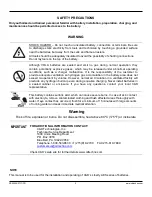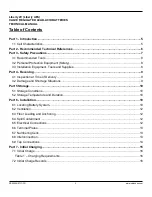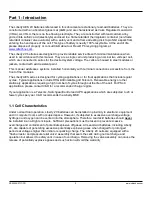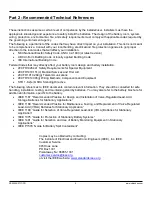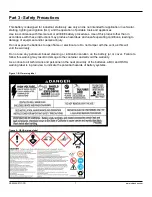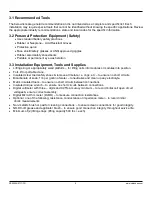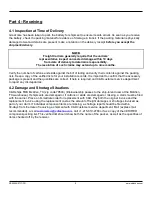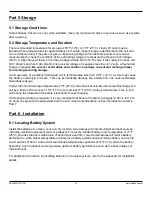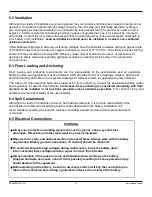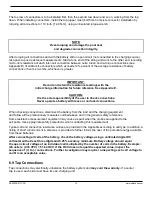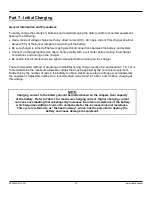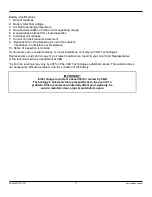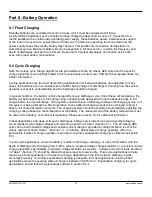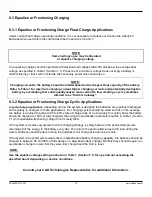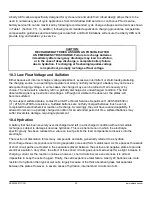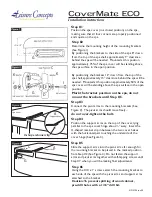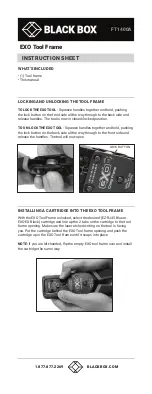
RS02250/0717/CD
8
www.cdtechno.com
3.1 Recommended Tools
The below lists are general recommendation and is not intended as a complete and specific list. Each
installation may require special tools that cannot be identified without knowing the specific applications. Review
the appropriate industry recommendations, state and local codes for the specific information.
3.2 Personal Protection Equipment (Safety)
Use standard battery safety practices
Rubber or Neoprene
– Acid Resistant Gloves
Protective apron
Face shield/safety glasses or ANSI approved goggles
Rubber soled safety shoes/boots
Portable or permanent eye wash station
3.3 Installation Equipment, Tools and Supplies
Lifting sling or appropriately sized platform
– for lifting cells into modules or modules into position.
Fork lift or portable crane.
Insulated steel toed safety shoes & remove all metals, i.e. rings, etc
– to ensure no short circuits.
Bicarbonate of soda, 1 lb per gallon of water
– to neutralize and clean up any electrolyte.
Metric insulated tools
– to ensure no short circuits between connections.
Insulated torque wrench
– to ensure no short circuits between connections.
Digital voltmeter with three
– digits and 0.25% accuracy minimum – to record initial cell open circuit
voltages & ensure correct assembly.
Digital Micro-Ohm meter (DLRO)
– to measure connection resistances.
Optional, one of the following; resistance, conductance or impedance meter
– to record initial
ohmic measurements.
Non-metallic brush or pad for cleaning connections
– to ensure clean connections for good integrity.
NO-OX-ID grease and applicator brush
– to ensure good connection integrity throughout service life.
Minimum of (2) lifting straps (lifting capacity 500 lbs + each).


